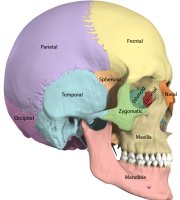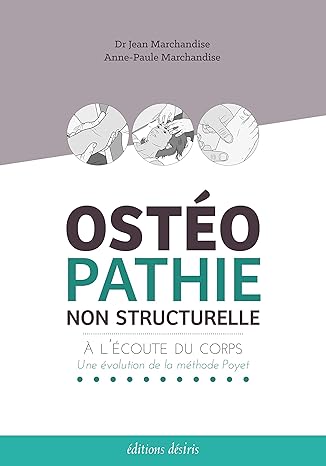Craniosacral reflexology
Craniosacral reflexology - definition
Craniosacral refers to the craniosacral “tree”: the skull and spine down to the coccyx, including the membranes and cerebrospinal fluid protecting the central nervous system (brain + spinal cord). Reflexology in turn indicates the correlation of specific areas known as reflex points corresponding to different organs, systems, and structures within the body.
Craniosacral reflexology is thus a gentle, hands-on approach that aims to enhance the body’s natural healing abilities. Also known as fluidic osteopathy, but only using subtle palpation to detect imbalances and reeducate the craniosacral system, it releases tension for optimal function.

A short history of craniosacral reflexology
The godfather of craniosacral reflexology is dr. William Sutherland, an osteopathic physiscian. In the early 1900’s, he proposed the idea of primary respiration: the subtle, rhythmic movement of the bones of the skull and flow of cerebrospinal fluid. He created the groundwork for understanding this rhythm and its role in health and healing: cranial osteopathy.
In the 1970’s, John Upledger, another osteopathic physician, conducted further research and developed specific techniques addressing the imbalances and restrictions in the craniosacral system. He has published several books on Craniosacral therapy and SomatoEmotional release. Soon, he founded the Upledger Institute (with his son) that houses a wealth of research and knowledge on the topic – from the basics to most recent evolution.
Primary respiration visualized
What is craniosacral reflexology? What is it not?
Craniosacral reflexology is…
a gentle complementary method for recovery and well-being. Activating the self-healing capacity of the body, recovery from physical or psychoemotional trauma is faster and (chronic) pain is reduced.
It is mental, emotional and physical relaxation and release.
It is gentle manipulation of fluids – not deep massage or chiropractic “cracking”.
It is complementary – not a replacement for regular (medical) care.
It is pain management – not cure for pain diseases.*
It is looking for potential root cause – not diagnostic.
*In the case of chronic pain diseases, regular craniosacral therapy treatments can partially replace pain medication – see a study of success by fibromylagia under this link.
Why craniosacral? What can it do?
Craniosacral reflexology is ideal for:
- faster recovery after injuries
- managing chronic pain like in fybromyalgia or migraines
- releasing emotions causing blockages in the body
- complete relaxation, even in autism

A craniosacral reflexology session
A session takes around an hour (count on 75 minutes to allow room for preliminary/debriefing) with the typical course:
- Intake/Anamnesis: discussion about the goals of the session, complaints and medical data as a basis
- We move to the massage table, without shoes (but fully clothed). After some basic verifications, gentle touch is applied to investigate and restore movement of the cerebrospinal fluid. Various reflex zones are treated and verified, lying down comfortably, with several turns from back to belly. We finish by some checks to see differences from the state at the beginning.
- Finally, we calmly return to the chairs to discuss any questions and to arrange payment. A treatment plan can be set up for chronic issues and follow-up.
My craniosacral technique
Having studied in France, I apply the Poyet method, also known as non-structural or fluidic osteopathy. Developed by Dr. Daniel Poyet, the method emphasizes the relationship between the spine, nervous system, and overall health.
This chiropractic approach focuses on detecting and correcting imbalances of the primary respiratory movement – directly or through reflex zones, also known as somatotopies. The adjustments within the are typically very gentle, often involving light pressure applied to specific points on the body. These adjustments aim to restore balance and proper alignment to the spine, promoting improved function of the nervous system and the body as a whole.
The Poyet method is gentle for body and soul, making it suitable for individuals who may not be comfortable with more forceful chiropractic techniques or not ready for more intense psychoemotional work.
Do you want to try what craniosacral reflexology can do for you?
For a try-out session:

